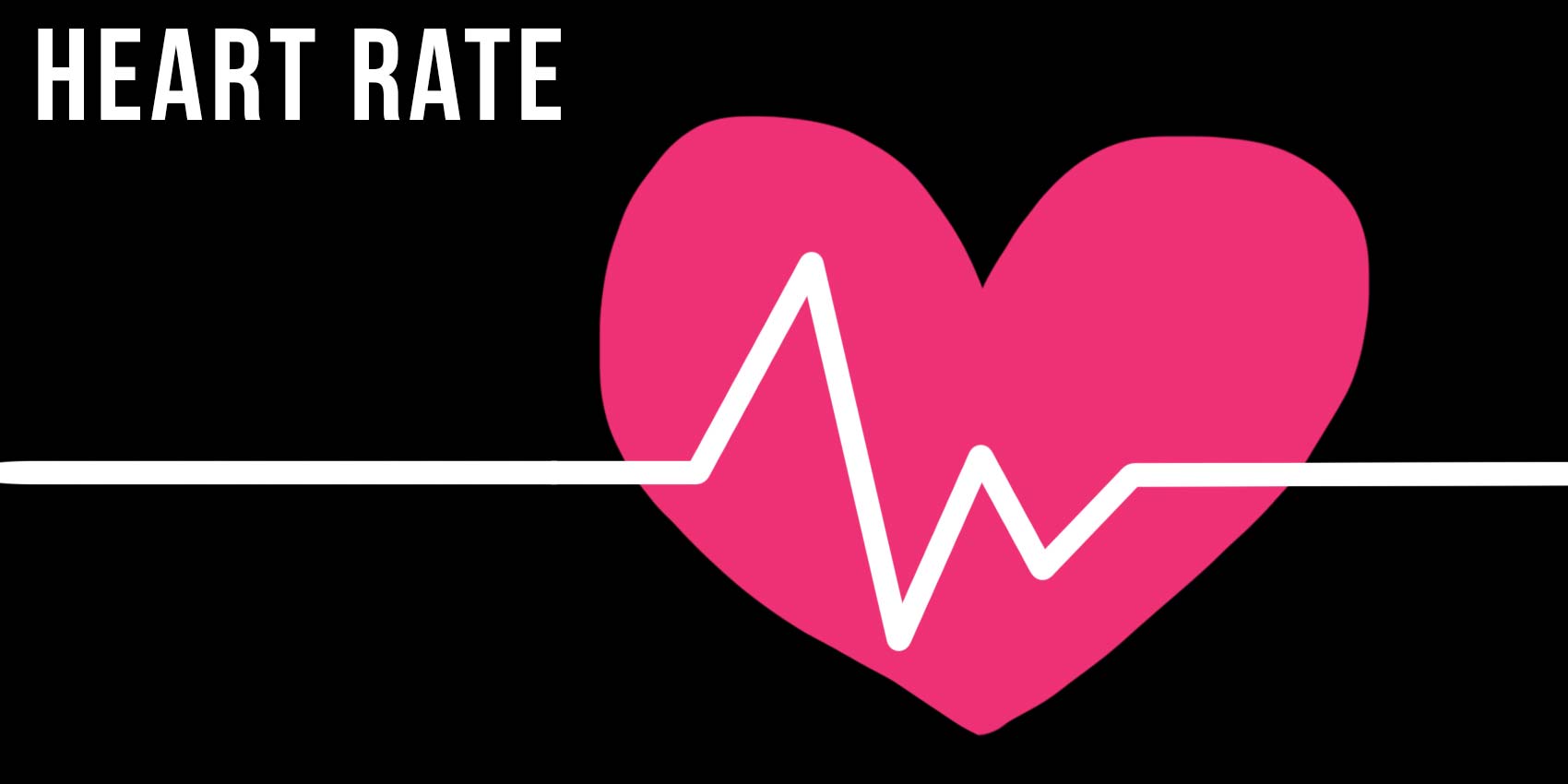08 Dec Heart rate

Your heart is constantly beating in order to supply oxygen and other nutrients throughout your body. When you exercise, you increase that demand for oxygen, so your heart beats faster. Your resting heart rate refers to your normal heart beat rate which is measured in beats per minute. For teens between the ages of 11 and 17 (and for adults) a normal resting heart rate is 60-100 beats per minute. Generally a lower resting heart rate means a more efficient heart and good health (professional athletes can have resting heart rates in the 40’s!).
Your maximum heart rate is calculated at 220 minus your age. As you exercise to maintain or increase cardiovascular health, you will want to obtain a heart rate that is 60-80% of your maximum heart rate. That range is referred to as your target heart rate. This is the range where you will be maintaining or increasing your endurance and heart health. As an example, if you are 12 your target heart rate range is determined as follows:
220-12 = 208 times .6 (60%) = 124
220-12 = 208 times .8 (80%) = 166
A 12 year-old had a target heart rate of 124-166 beats per minute.
To check your pulse you can place two fingers either on your wrist or neck (or anywhere else that your artery comes close to the surface of your skin, like the top of your foot or your groin!!!). Using a stop watch, count how many times your heart beats in a 30 second period, then double that number to get your beats per minute.
So here’s an example for you: Chris took her pulse for 30 seconds and got 32 beats. This means her resting heart rate is 64. Yay! While running, Brittany who is 12 took her pulse for 30 seconds and got 71. This means she was exercising at 142 beats per minute, right in the target range to help her cardiovascular system!




Post Question:
What is your resting heart rate? Do 30 jumping jacks and measure it again... what was it then?
Answer the post question here
What's being said